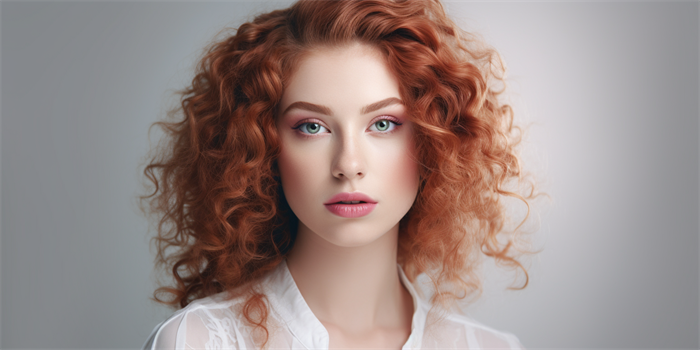Can I Eat Shrimp After Cheek Augmentation in Camperdown?
Cheek augmentation is a cosmetic procedure that enhances the appearance of the cheeks by adding volume or reshaping them. This procedure can be performed using various methods, including injectable fillers or implants. Patients often have questions about their diet following the surgery, particularly regarding the consumption of seafood like shrimp. This article will provide a detailed explanation of the considerations and guidelines for eating shrimp after cheek augmentation in Camperdown.

Aspect 1: Recovery Period and Dietary Restrictions
Immediately after cheek augmentation, patients are typically advised to follow a soft diet to avoid putting pressure on the cheeks and to allow the surgical area to heal properly. This period usually lasts for about a week or until the surgeon deems it safe to resume a normal diet. During this time, it is important to avoid hard, crunchy, or spicy foods that could irritate the surgical site or cause discomfort.
Aspect 2: Potential Allergies and Infections
Shrimp, like other shellfish, is a common allergen. Patients with a known allergy to shellfish should avoid eating shrimp at all costs, especially after surgery when the immune system may be compromised. Additionally, there is a risk of foodborne illnesses from undercooked or improperly handled seafood. These infections can complicate the healing process and lead to more severe health issues. Therefore, it is crucial to ensure that any seafood, including shrimp, is fresh and thoroughly cooked before consumption.
Aspect 3: Nutritional Considerations
Shrimp is rich in protein and essential nutrients, which are beneficial for overall health and recovery. Protein is particularly important for healing tissues and building new cells. However, patients should be mindful of their intake, especially if they are on any post-operative medications or have specific dietary restrictions. Consulting with a healthcare provider or a nutritionist can help tailor a diet that supports recovery while ensuring nutritional needs are met.
Aspect 4: Consultation with Your Surgeon
Before incorporating shrimp or any other food into your diet post-cheek augmentation, it is essential to consult with your surgeon. They can provide personalized advice based on your individual recovery progress and any specific health conditions you may have. Your surgeon will also be able to advise on when it is safe to start eating seafood and any precautions you should take.
Aspect 5: Importance of Proper Food Preparation
Proper preparation of shrimp is crucial to minimize the risk of foodborne illnesses. Shrimp should be cooked thoroughly to an internal temperature of 145°F (63°C) to kill any potential bacteria or parasites. It is also important to handle shrimp hygienically, ensuring that it is stored and prepared in a clean environment to prevent contamination.
Aspect 6: Monitoring for Any Reactions
After resuming the consumption of shrimp, it is important to monitor for any signs of allergic reactions or complications. These can include itching, swelling, hives, or difficulty breathing. If any of these symptoms occur, it is crucial to seek medical attention immediately. Regular follow-up appointments with your surgeon can also help monitor your overall recovery and address any concerns promptly.
FAQ
Q: How long after cheek augmentation can I start eating shrimp?
A: It is generally recommended to wait until your surgeon clears you to resume a normal diet, which is usually after about a week. However, this timeline can vary based on individual recovery progress.
Q: Can I eat shrimp if I have a shellfish allergy?
A: No, if you have a known shellfish allergy, you should avoid eating shrimp altogether, especially during the recovery period when your immune system may be compromised.
Q: What are the nutritional benefits of shrimp?
A: Shrimp is rich in protein, omega-3 fatty acids, and essential vitamins and minerals, which are beneficial for overall health and recovery.
Q: How should shrimp be prepared to ensure safety?
A: Shrimp should be cooked thoroughly to an internal temperature of 145°F (63°C) and handled hygienically to prevent contamination.
Q: What should I do if I experience any adverse reactions after eating shrimp?
A: If you experience any signs of allergic reactions or complications, seek medical attention immediately.
In conclusion, while shrimp can be a nutritious addition to your diet after cheek augmentation, it is essential to follow your surgeon's guidelines and take necessary precautions to ensure a safe and smooth recovery.




